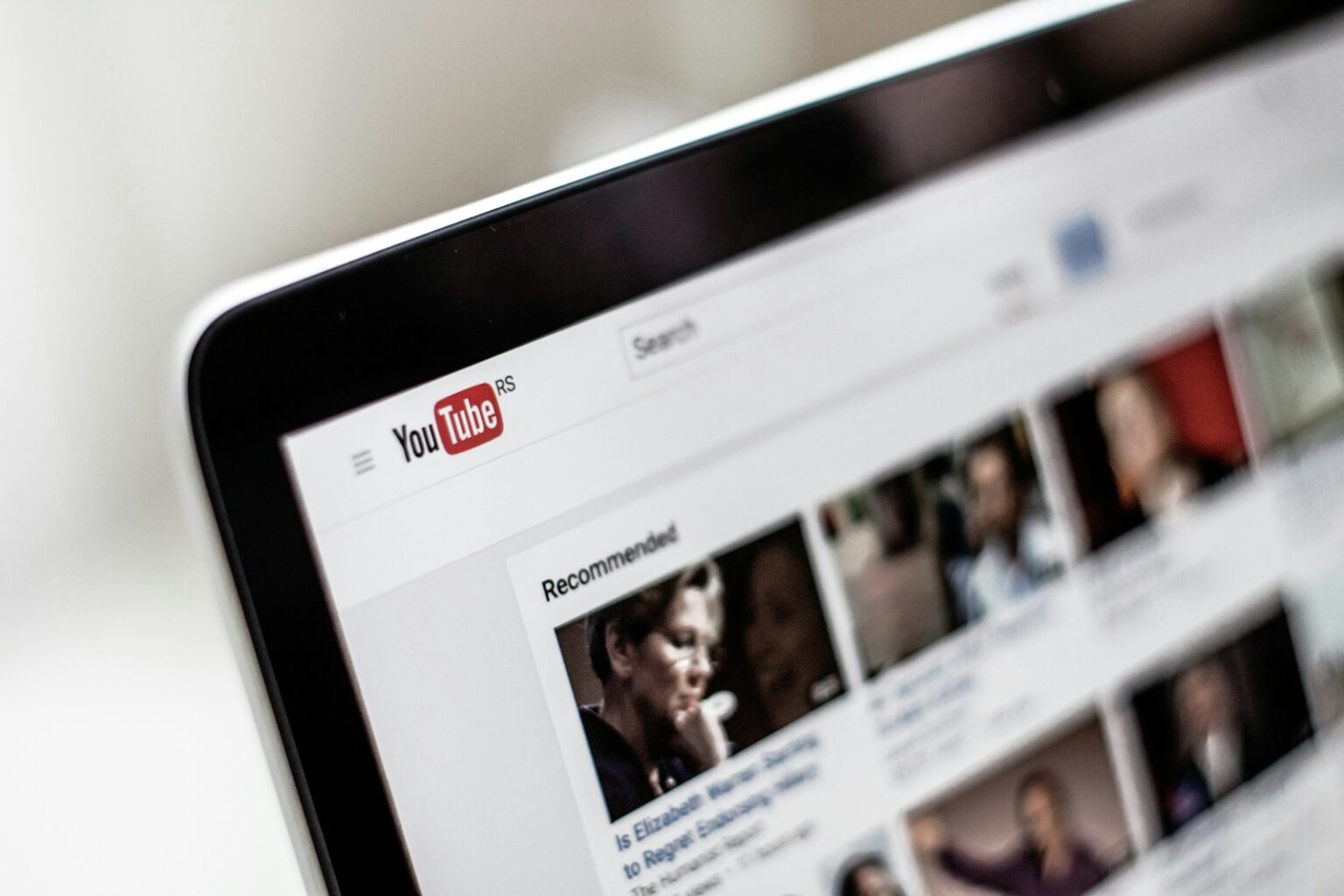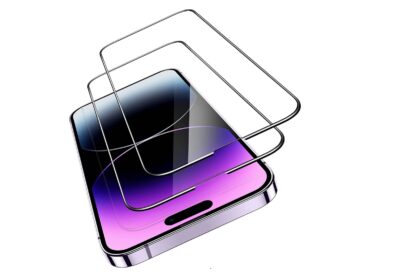This Ultimate Guide lays out how a small idea became a giant in online video. The platform was founded on February 14, 2005, in San Mateo by Chad Hurley, Steve Chen, and Jawed Karim. They were former PayPal staff who wanted an easy way to share clips.
The first video, titled Me at the zoo, went live on April 23, 2005, at 3:27:12 UTC. That 18‑second clip helped show how simple uploads could spark interest. Early product choices made viewing and sharing smooth, so users flocked to the site within months.
By October 2006 Google paid $1.65 billion in stock for the video-sharing platform. That deal confirmed its rapid rise from a basic hub for short videos to a dominant destination for all kinds of clips. This introduction previews why those first moves mattered for the growth of online video and creator culture.
Quick Answer: When YouTube Started and the First Video Explained
Here are the key dates and moments that set the platform in motion. YouTube created on February 14, 2005, when three former PayPal staff began building a simple place to share clips.
Just weeks later, Jawed Karim uploaded the first video, titled Me at the zoo, on April 23, 2005. That 18‑second clip was filmed at the San Diego Zoo and showed how easy a quick video uploaded could draw attention.
- Public beta launched in May 2005, opening the site to early users.
- By September 2005, a Nike ad with Ronaldinho became the first to hit one million views, marking the first time brands saw viral potential.
- This short timeline links creation, the inaugural clip, and fast growth into a tidy answer.
Founders and Origin Story: How Chad Hurley, Steve Chen, and Jawed Karim Created YouTube
A modest San Mateo room above a pizza shop became the launchpad for a major video-sharing platform. The creation moved fast because three former PayPal staff shared a clear product goal: make uploading, viewing, and sharing clips simple for anyone.
Chad Hurley, Steve Chen, and Jawed Karim split roles across design, engineering, and user experience. Their PayPal background helped them solve payment-scale problems and focus on reliable playback. By focusing on ease, they shaped how people thought about short video content.
The team bootstrapped the early site from that tiny workspace. Early testers found uploads quick and viewing smooth, which sparked organic growth.
Sequoia Capital provided seed backing that scaled servers and bandwidth. With funding secured, the team pushed a public beta in May 2005, proving the platform could handle growing video traffic. That push made it clear why many say youtube created a new era for online clips.
When Did YouTube Start and What Was the First YouTube Video?
Early 2005 moved fast. A clear timeline shows how a private founding became a public service. The company was created on February 14, 2005, when three ex-PayPal staff teamed to build a simple upload site.
Creation date vs public milestones
The inaugural clip arrived on April 23, 2005, giving the public a first look at how short clips could work. A beta opened in May 2005, letting users upload and share videos during early testing.
After capacity issues and growth, Sequoia Capital invested. That funding helped servers and bandwidth, so the platform left beta on December 15, 2005. By late that year the site had become a familiar destination for online clips.
- Creation: Feb 14, 2005 — founders Chad Hurley, Steve Chen, Jawed Karim.
- Public upload: Apr 23, 2005 — first short video appeared.
- Beta launch: May 2005; full launch: Dec 15, 2005 after investment.
| Date | Milestone | Impact | Key names |
|---|---|---|---|
| Feb 14, 2005 | Company created | Idea formalized; product work began | Chad Hurley, Steve Chen, Jawed Karim |
| Apr 23, 2005 | First public upload | Proof that simple uploads worked | Jawed Karim |
| May 2005 | Beta opens | Users test features; early growth | Founding team |
| Dec 15, 2005 | Official launch | Stable platform; more videos supported | Sequoia Capital support |
“Me at the zoo”: The First YouTube Video by Jawed Karim
A short, candid clip filmed at a zoo became an enduring digital landmark. The 18‑second piece was uploaded by jawed karim on April 23, 2005. The file’s timestamp shows 3:27:12 UTC, and it was shot at the San Diego Zoo.
The simple scene highlights how easy the site made sharing everyday moments. That ease helped prove quick uploads could reach many viewers.
Upload specifics: April 23–24, 2005 and the San Diego Zoo setting
The short runtime and casual style contrasted sharply with polished promotional clips. Within months, brands and creators tested reach. By september 2005, a Nike Ronaldinho ad became a clear example of a viral video on this platform.
- Clip: “Me at the zoo” — filmed at the San Diego Zoo.
- Uploader: Jawed Karim, co‑founder.
- Details: 18 seconds; timestamp 3:27:12 UTC; uploaded Apr 23, 2005.
- Impact: Showed how a basic video uploaded could spread, paving way for viral video moments.
| Date | Event | Length / Detail | Significance |
|---|---|---|---|
| Apr 23, 2005 | “Me at the zoo” uploaded | 18 seconds; 3:27:12 UTC | Proof of easy upload and instant viewing |
| Apr–May 2005 | Early uploads grow | Casual clips and user testing | Rapid user adoption; simple sharing |
| Sep 2005 | Nike Ronaldinho ad gains traction | Brand clip reaches mass views | First sign of platform’s viral video potential |
Early Growth Before Google: Beta, First Million Views, and Viral Momentum
Beta access in May 2005 unlocked a flow of uploads that spread beyond the platform. Simple embed codes let creators place clips on blogs, message boards, and early social sites. That ease of sharing drove fast discovery.
May–September 2005: Beta, embeds, and a viral milestone
After may 2005 the site proved its reach as clips traveled across the web. By september 2005 a Nike Ronaldinho ad hit one million views, a clear sign that a single clip could become a viral video quickly.
Features added in 2005 that boosted engagement
In 2005 the team added HTML embedding, a 5‑star rating system, playlists, subscriptions, and fullscreen viewing. These system added youtube enhancements helped viewers find, rate, and save favorite clips.
- Embedding: let publishers pull audiences back to the site.
- Ratings and playlists: improved discovery and session length.
- Subscriptions and fullscreen: made it easy to follow creators and enjoy longer viewing.
| Period | Change | Impact |
|---|---|---|
| May–Sep 2005 | Beta, embeds live | Wider sharing; traffic spike |
| Sep 2005 | First million views | Proof of viral video power |
| 2005 | Ratings, playlists, subscriptions | Higher engagement; paved way for partner program |
Google’s $1.65 Billion Acquisition and the Move to Headquarters in San Bruno
Google’s 2006 purchase reshaped how online clips would be hosted and monetized. In October 2006 Google acquired the company for $1.65 billion in stock. The deal joined a massive audience with Google’s ad systems and search power.
The brand stayed independent and kept its headquarters in San Bruno. The site experience remained familiar while infrastructure work moved behind the scenes.
Deal logic: scale, ads, and product continuity
Strategically, the move fused video discovery with an ad platform able to monetize large view counts. Prior backing from Sequoia Capital and fast viral growth made the target attractive that year.
Key staff, including Chad Hurley and Steve Chen, stayed on to guide product direction. Roughly 65 employees continued at San Bruno, ensuring continuity for creators and users.
- Scale: access to Google servers eased hosting limits.
- Monetization: ads could now support creators and operations.
- Independence: brand identity and community remained intact.
| Date | Deal detail | Immediate impact | Notable names |
|---|---|---|---|
| Oct 2006 | Acquired for $1.65 billion in stock | Stronger hosting, ad integration, global reach | Chad Hurley, Steve Chen, Sequoia Capital |
| Late 2006 | Brand kept independent | User experience preserved; team retained | ~65 employees at headquarters San Bruno |
| 2007–2008 | Infrastructure and search improvements | Better video delivery and international expansion | Google engineering and product teams |
Features and Platform Evolution: From Ratings to YouTube Studio and Premium
Platform upgrades steadily moved the service from simple sharing to a full creator ecosystem. Early launches focused on discovery: HTML embeds, playlists, subscriptions, and a five‑star rating system added to the site to boost engagement.
2005–2009: embeds, ratings shift, quality, captions
Embeds let creators spread clips across blogs and forums. By 2009 higher fidelity arrived with 1080p and automatic captions, expanding reach and accessibility.
The five‑star model later became thumbs up/down after a rating system added change that simplified feedback for viewers.
2010–2016: resolution, live, originals, music experiments
Support for 4K uploads and a Live platform broadened content types. Original channels and subscription tests like Music Key—tied to Google Play Music—led into a paid offering named youtube red.
2018–2021: premium, studio, chapters, ads, permissions
youtube premium replaced earlier models while ad pods and a refreshed youtube studio improved monetization and creator workflows. Chapter markers, bedtime reminders, and granular permissions refined both viewing and channel management.
- Discoverability: embeds, playlists, subscriptions
- Quality: 1080p, 4K
- Accessibility: auto captions
- Creator tools: youtube studio, permissions
| Period | Major change | Impact | Notable names |
|---|---|---|---|
| 2005–2009 | Embeds; 5‑star → thumbs; 1080p; auto captions | Better sharing; simpler feedback; higher fidelity; accessibility | Chad Hurley; founding team |
| 2010–2016 | 4K uploads; YouTube Live; original channels; Music Key; youtube red | More formats; live audience growth; subscription experiments | Content partners; music labels |
| 2018–2021 | youtube premium; ad pods; Studio overhaul; chapters; permissions | Improved monetization; creator tools; clearer viewing experience | Creators; platform engineers |
Monetization and the YouTube Partner Program: How Channels Earn Money
A formal revenue path arrived in May 2007, giving creators new ways to earn. The youtube partner program began revenue sharing through AdSense. That move let many content creators monetize uploads after meeting eligibility rules.
Ad-based income, eligibility, and Shorts updates
To join the partner program, a typical path required policy compliance, 1,000 subscribers, and 4,000 public watch hours within 12 months. Channels also needed a linked AdSense account for payouts.
Ad formats evolved. The platform added ad pods with two ads sometimes shown back-to-back, and Shorts-era updates broadened who could earn from short-form videos.
Beyond ads: memberships, rentals, and partnerships
Creators earn money from multiple sources. Channel memberships let fans pay monthly for perks while pay‑per‑view rentals offer one-time buys for select video content.
- Sponsored videos and affiliate links deliver direct brand deals and commissions.
- Subscription service revenue from youtube premium is shared with creators based on watch time.
- youtube studio reveals which videos drive income so creators can optimize strategies.
| Revenue type | How it pays | Notes |
|---|---|---|
| Ad revenue | AdSense payouts | Requires partner program approval |
| Memberships | Monthly fees | Platform shares revenue; badges and perks |
| Subscriptions & rentals | Shared or direct sales | Includes youtube premium and pay‑per‑view |
Conclusion
A single short clip set a clear path from a small project to a global platform. In 2005, youtube created a place where content creators like chad hurley and jawed karim proved everyday video could reach millions. That year marked a turning point for video content and creator communities.
Over time, youtube launches such as music key, youtube red, and youtube premium expanded offerings. The platform also added features like two ads and robust youtube studio tools that help channels improve quality and manage uploads.
After the 1.65 billion deal with youtube google and a move to headquarters san bruno, the site grew to support billions of videos. Today content creators use the partner program to earn money and scale channels through better analytics, uploads, and music-friendly formats.
FAQ
When did YouTube launch and what was the very first video uploaded?
The site was founded on February 14, 2005, with public beta activity beginning in May 2005. The earliest clip uploaded by co‑founder Jawed Karim is “Me at the zoo,” recorded at the San Diego Zoo and posted in late April 2005.
Who started the platform and where did the idea come from?
Chad Hurley, Steve Chen, and Jawed Karim—former PayPal colleagues—co‑founded the service. They worked from a small office in San Mateo, reportedly above a pizzeria, and focused on easy video sharing for users.
How did early funding help the site grow?
Sequoia Capital provided seed investment that supported rapid beta rollout in May 2005. That backing helped scale infrastructure, attract talent, and fuel marketing that led to viral momentum.
Was the platform created on a single date or in stages?
Creation spanned stages: legal founding in February 2005, internal development and early uploads in April, beta public release in May, and wider public traction through late 2005.
When and where was “Me at the zoo” filmed and uploaded?
Jawed Karim filmed the short clip at the San Diego Zoo and uploaded it around April 23–24, 2005. The video is notable as the oldest surviving public upload on the site.
What marked the platform’s early growth before Google acquired it?
Between May and September 2005 the beta launched, features like playlists and five‑star ratings appeared, and some uploads went viral—Nike’s Ronaldinho clip hit early high view counts—showing consumer demand for online video.
Why did Google buy the company for
FAQ
When did YouTube launch and what was the very first video uploaded?
The site was founded on February 14, 2005, with public beta activity beginning in May 2005. The earliest clip uploaded by co‑founder Jawed Karim is “Me at the zoo,” recorded at the San Diego Zoo and posted in late April 2005.
Who started the platform and where did the idea come from?
Chad Hurley, Steve Chen, and Jawed Karim—former PayPal colleagues—co‑founded the service. They worked from a small office in San Mateo, reportedly above a pizzeria, and focused on easy video sharing for users.
How did early funding help the site grow?
Sequoia Capital provided seed investment that supported rapid beta rollout in May 2005. That backing helped scale infrastructure, attract talent, and fuel marketing that led to viral momentum.
Was the platform created on a single date or in stages?
Creation spanned stages: legal founding in February 2005, internal development and early uploads in April, beta public release in May, and wider public traction through late 2005.
When and where was “Me at the zoo” filmed and uploaded?
Jawed Karim filmed the short clip at the San Diego Zoo and uploaded it around April 23–24, 2005. The video is notable as the oldest surviving public upload on the site.
What marked the platform’s early growth before Google acquired it?
Between May and September 2005 the beta launched, features like playlists and five‑star ratings appeared, and some uploads went viral—Nike’s Ronaldinho clip hit early high view counts—showing consumer demand for online video.
Why did Google buy the company for $1.65 billion in 2006?
Google saw strategic value in scale, video advertising potential, and complementary search and ad systems. The October 2006 acquisition allowed the platform to keep its brand while gaining Google’s resources and infrastructure.
How did the platform’s features evolve over time?
From 2005–2009 the site added embeds, moved from five‑star ratings to thumbs up/down, and improved quality up to 1080p with auto‑captioning. 2010–2016 brought 4K support, live streaming, original channels, and Music Key/YouTube Red. 2018–2021 introduced Premium, the Studio revamp, chapters, and new ad models like “two ads.”
How can creators earn money on the platform today?
Monetization centers on ad revenue via AdSense and YouTube Partner Program eligibility, with additional income from channel memberships, Super Chat, merchandise shelves, Shorts funds, sponsorships, and affiliate links.
What major product names and services have accompanied the platform’s growth?
Key services include Google Play Music (historical), Music Key, YouTube Red, and YouTube Premium, alongside YouTube Studio for creators and evolving ad and analytics tools.
.65 billion in 2006?
Google saw strategic value in scale, video advertising potential, and complementary search and ad systems. The October 2006 acquisition allowed the platform to keep its brand while gaining Google’s resources and infrastructure.
How did the platform’s features evolve over time?
From 2005–2009 the site added embeds, moved from five‑star ratings to thumbs up/down, and improved quality up to 1080p with auto‑captioning. 2010–2016 brought 4K support, live streaming, original channels, and Music Key/YouTube Red. 2018–2021 introduced Premium, the Studio revamp, chapters, and new ad models like “two ads.”
How can creators earn money on the platform today?
Monetization centers on ad revenue via AdSense and YouTube Partner Program eligibility, with additional income from channel memberships, Super Chat, merchandise shelves, Shorts funds, sponsorships, and affiliate links.
What major product names and services have accompanied the platform’s growth?
Key services include Google Play Music (historical), Music Key, YouTube Red, and YouTube Premium, alongside YouTube Studio for creators and evolving ad and analytics tools.
























